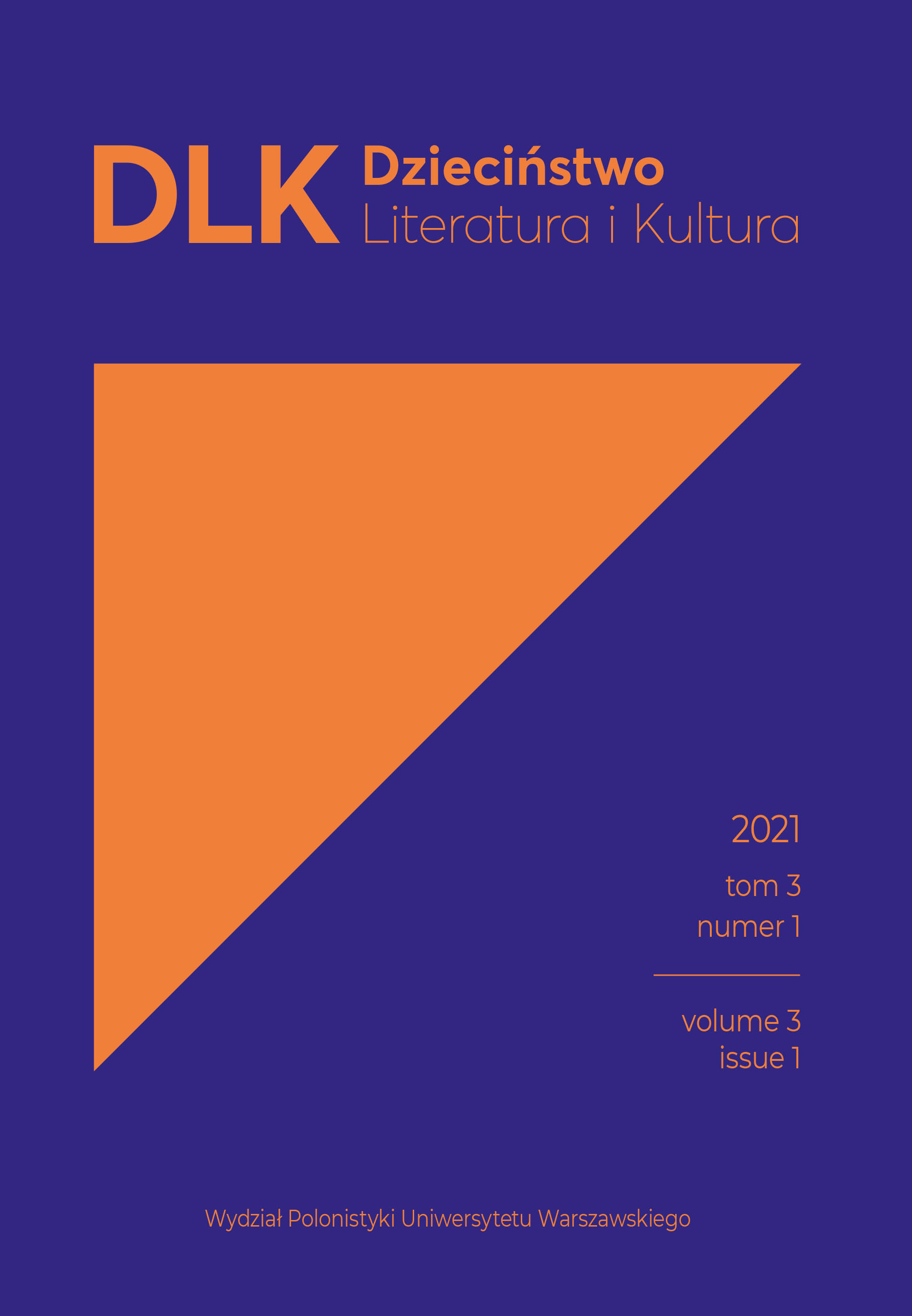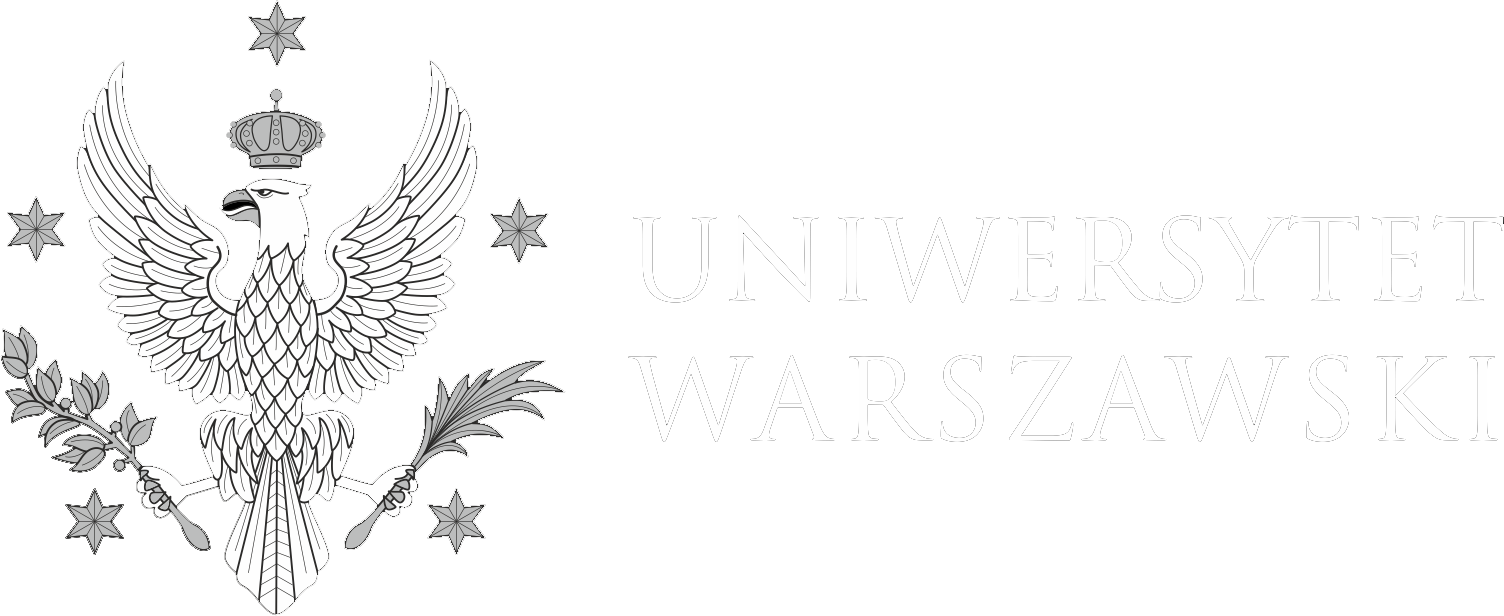Cinema – Child – Magic : The Case of Víctor Erice’s The Spirit of the Beehive
Abstract
This article aims to analyse The Spirit of the Beehive (1973), directed by Víctor Erice. Recognised as a masterpiece of Spanish cinema, the film is a classic example of a production that offers various layers of meaning. For instance, since the film was created during the dictatorship of Franscisco Franco, some scholars point to its historical tropes, whereas others focus on psychological aspects. Moreover, a sheer number of reviewers have adopted a purely cinephile approach to Erice’s film. Firstly, the action takes place during the Spanish Civil War. Secondly, the pattern of events can be examined from a psychological perspective. Thirdly, the first turning point in the narrative is the screening of the 1931 Frankenstein film (directed by James Whale, 1931). This particular moment in Erice’s film becomes a transformative point in the life of the main character, Ana (Ana Torrent). For the author of this article, this scene serves as a starting point for the interpretation of Erice’s film. Perhaps the very figure of Ana Torrent may represent, in the entire history of cinema, the most faithful embodiment of Edgar Morin's theory of film as presented in his book The Cinema, or The Imaginary Man (1956): according to the French scholar, the cinema is rooted in magic, which forms the core of its phenomenon.
Keywords
child actors; Ana Torrent; The Spirit of the Beehive; Edgar Morin; Frankenstein; James Whale; magic; Víctor Erice
References
Chardère, B. (1995). Pierwsze dokonania, pierwsze projekcje (T. Rutkowska, tłum.). Kwartalnik Filmowy, 12–13, 6–19. (wyd. oryg. 1985).
Davies, T. (reż.). (1992). The long lay closes [Kres długiego dnia] [film]. British Film Institute, Film Four International.
Durkin, K. (1985). Television, sex roles and children: A developmentwl social psychological account. Open University Press.
Ebert, R. (2012). Everything in the movies is fake. Roger Ebert. Pobrane 10 września 2023 z: https://www.rogerebert.com/reviews/great-movie-spirit-of-the-beehive-1973.
Erice, V. (reż.). (1973). The spirit of the beehive [Duch roju] [film]. Elias Querejeta.
Gałczyński, K. I. (1985). Małe kina. W: Liryka 1926–1953 (s. 130–131). PIW.
Gillett, J. (1973/1974). The spirit of the beehive. Sight and Sound, 43(1), 56.
Helman, A. (2007). Víctor Erice. Strzała i rana. W: A. Helman, A. Pitrus (red.), Autorzy kina europejskiego. Tom 3 (s. 35–63). Rabid.
Helman, A. (2013). Spojrzenie dziecka metaforą kina. Kwartalnik Filmowy, 81, 24–38.
Kolski, J. J. (reż.). (1998). Historia kina w Popielawach [film]. Figaro Film Production.
Koschany, R. (2013). Dziecięca kinofilia. Kwartalnik Filmowy, 81, 39–51.
Kubrick, S. (reż.). (1980). The shining [Lśnienie] [film]. Warner Bros.
Lesiak, M. (2013). Nieśmiertelne monstrum – Frankenstein Jamesa Whale’a. W: Ł. Plesnar, R. Syska (red.), Arcydzieła klasycznego kina amerykańskiego (s. 61–78). Stowarzyszenie Przyjaciół Czasopisma o Tematyce Audiowizualnej EKRANy.
Lubelski, T. (2015). Historia kina polskiego 1895–2014. TAiWPN Universitas.
Lubelski, T., Sowińska, I., Syska, R. (red.). (2014). Kino nieme. TAiWPN Universitas.
Lury, K. (2010). The child in film: Tears, fears and fairytales. Rutgers University Press.
Lynch, D. (reż.). (1977). Eraserhead [Głowa do wycierania] [film]. AFI Center for Advanced Studies.
Morin, E. (1975). Kino i wyobraźnia (K. Eberhardt, tłum.). PIW. (wyd. oryg. 1956).
Neill, R. W. (reż.). (1944). The scarlet claw [Szkarłatny pazur] [film]. Universal Pictures.
Pasolini, P. P. (1971). Film poetycki. Kultura filmowa, 9, 25.
Pitrus, A. (2013). Que viene el cartero! Lęki i fascynacje dzieciństwa w filmie La Morte Rouge Víctora Erice. Kwartalnik Filmowy, 81, 145–150.
Raczewa, M. (1973). Film jako język mitu. Kino, 1, 29–31.
Słojewski, J. (1975). Klawisze fortepianu zamiast zębów. Perspektywy, 28, 27.
Smoleń-Wasilewska, E. (1973). Duch ula. Film, 42, 18.
Sobolewski, T. (1975). Córka Frankensteina. Film, 29, 12.
Stachówna, G. (2014). Trzy europejskie kinematografie narodowe la belle époque – Francja, Wielka Brytania, Włochy. W: T. Lubelski, I. Sowińska, R. Syska (red.), Kino nieme (s. 213–274). TAiWPN Universitas.
Zając, B. (2015). Esej audiowizualny – w stronę historii. W: R. W. Kluszczyński, T. Kłys, N. Korczarowska-Różycka (red.), Paradygmaty współczesnego kina (s. 99–112). Wydawnictwo UŁ.
Warsaw Public Library – Central Library of Mazovia Province Poland
https://orcid.org/0000-0002-4380-2623
Paweł Jaskulski – PhD, works at the Warsaw Public Library – Central Library of Mazovia Province (Poland), and is a member of the editorial board of the film studies quarterly, Pleograf. His research interests include the new canon of the history of Polish cinema, contemporary literature, and rock music. Contact: pawel.jaskulski@koszykowa.pl.

This work is licensed under a Creative Commons Attribution 4.0 International License.
Open Access Policy
All articles presented on the pages of ”Dzieciństwo. Literatura i Kultura” are published in open access under a Creative Commons license - Attribution 4.0 International (CC BY 4.0). It means that:
- they can be made available and quoted under the condition of explicit and clear indication of the author/authors of the referenced text;
- you cannot use legal or technological means that would limit others in using the text under the terms of the license.
More information: https://creativecommons.org/licenses/by/4.0/





